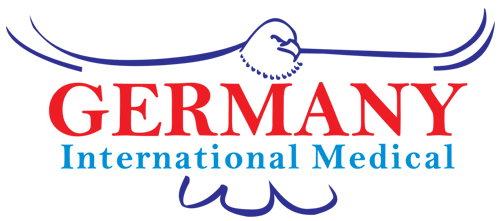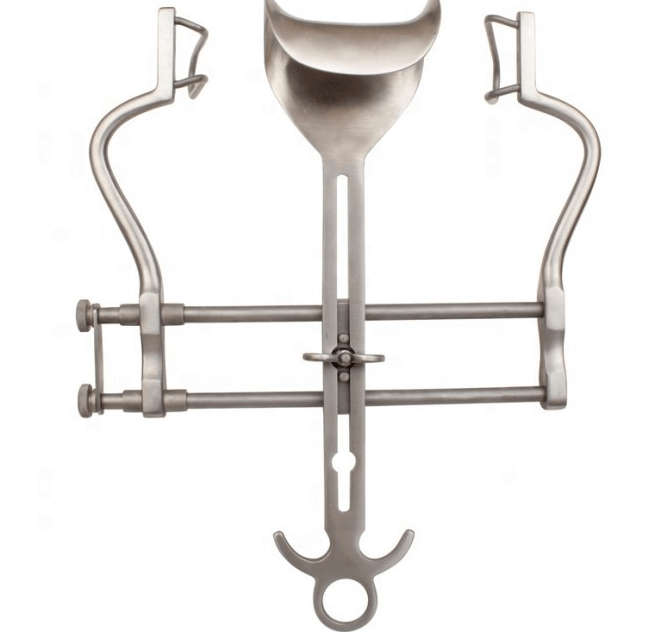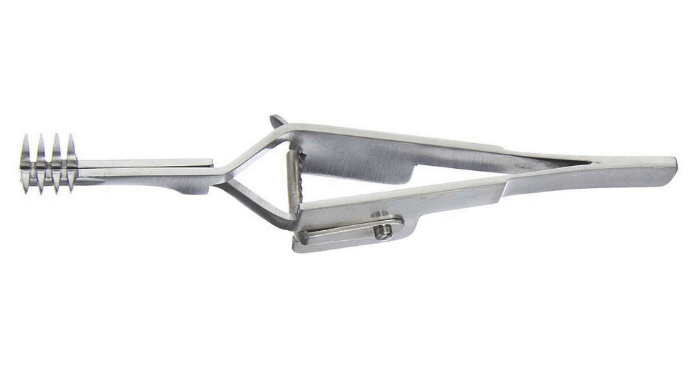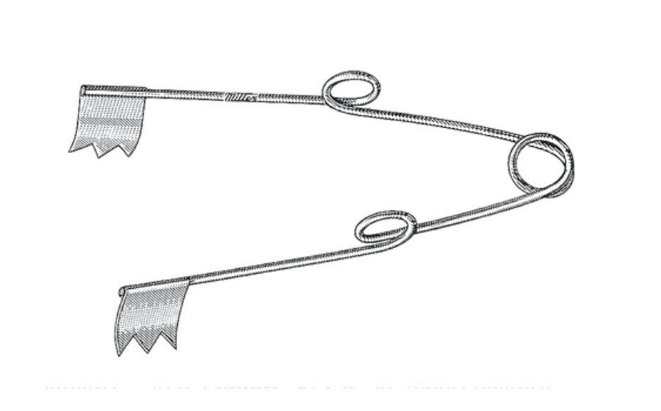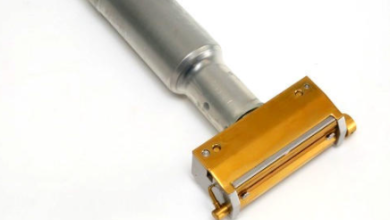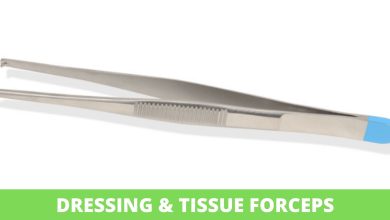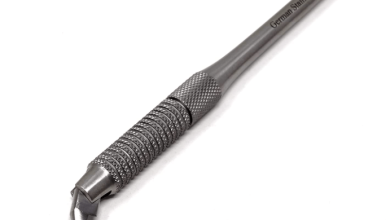Self-Retaining Retractors.

Table of Contents
Self-Retaining Retractors.: As it spreads the edges of incisions and holds various tissues in place, self-retaining retractors have locking mechanisms that allow the blades to remain apart and in place allowing the surgeon and assistant to focus on other tasks.
Incisions and wounds are held open while a surgeon works with retractors. Furthermore, tissues or organs could be held out of the way with the retractor during surgery. With self-retaining retractors, the surgeon can operate without touching anything. Self-retaining retractor blades hold the tissue apart by themselves by using a screw, ratchet, or clamp.
For Buying Self-Retaining Retractors
Weitlaner and Gelpie Retractors.
Self-retaining retractors such as the Weitlaner and Gelpie retractors are among the most frequently used devices (figure 23-15). Their role involves the retraction of skin edges for superficial procedures. These retractors should be handled with care in order to avoid puncturing vital tissues or oneself.
Balfour and Bookwalter Retractors.
Retractors with various deep and shallow blades such as the Bookwalter and the Balfour self-retain the abdominal wall and can be adjusted or removed accordingly. In order to secure the Balfour retractor, a wing nut is tightened and it is placed in the incision. With the Bookwalter retractor, the side rail of the table is connected to a single post. You must practice using this attachment. On a crossbar mounted on the post are rings to which adjustable, ratcheted “clips” may be attached to hold different sizes of Richardson, malleable, and Deaver Blades.
Goligher Retractor and Iron Intern.
Retraction of the gallbladder, liver, and stomach is performed with the Goligher retractor (Figure 23-17, A). It quickly and easily mounts on the top of an OR table by attaching to a crossbar. With the Iron Intern (Figure 23-17, B) the retractors are positioned within the abdominal cavity or pelvis using locking arms and joints.
ALM Self–Retaining Retractor 3
There is no word on when or if this item will return to stock.
Quality Standards include ISO 9001, CE-Quality Mark, ISO 13485, and others
German stainless steel AISI 420 is used.
Superior workmanship and premium stainless steel.
Highly precise and flexible during the clinical procedure.
Finsen Retractor
| Weight | 0.040 kg |
|---|---|
| Manufacturer | Spiral Surgical Co. |
| Material | Stainless Steel |
| Sterility Condition | Reusable, Autoclavable |
| Available Options | Blunt, Sharp |
For Buying Self-Retaining Retractors
Skin Retractor – Cross Action
MORE INFO
Skin Retractor – Cross Action Summary
Skin Retractor, Cross Action
Description:
Length : 10cm
Type: 4×4 Sharp Prongs
Spring Retractor
MORE INFO
Spring Retractor Summary
Spring Retractor
Description:
1. Blunt Prongs (8.5cm, 11.5cm)
2. Sharp Prongs (8.5cm, 11.5cm)
Incisions and wounds are held open with retractor devices, as well as organs and tissues to expose what lies underneath. Our collection of retractor devices falls into three broad categories.
Assistants, robots, or surgeons must hold hand retractors during surgery.
The self-retaining retractor has a mechanical device that holds tissue during surgery so that the surgeon can perform the procedure hands-free. A self-retaining retractor holds the tissue by itself using a screw, ratchet, or another mechanism. A surgeon can use two hands when using these devices.
Wire retractor devices are the most basic retractor devices. There is usually some spring inside the wire so that a surgeon can pinch it, position it, and release it. It also frees up their hands.
The most commonly used retractor models are the Belfour, Gelpi, Weitlaner, Barraquer, Wire, and Stevenson.
